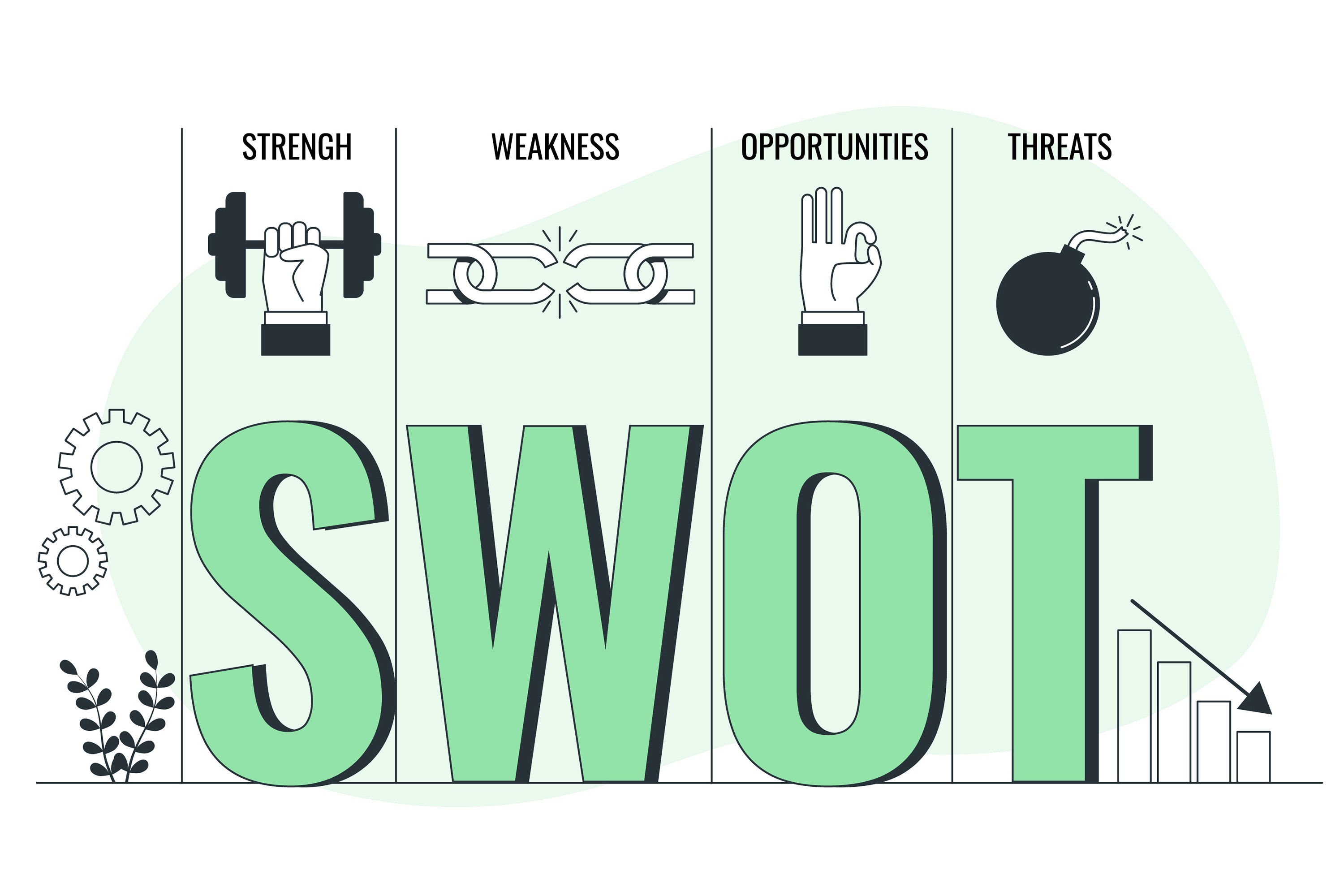Planning
•
3 mins
13 November 2024
What is OGSM and why is alignment with the business vision crucial?
OGSM, which stands for Objectives, Goals, Strategies, and Measures, is a powerful strategic planning model that helps organizations translate their vision into concrete, measurable objectives. It provides a structured approach to formulating and executing business strategy. But why is it so important to align OGSM with the business vision?
The business vision forms the foundation of every organization. It provides direction on where the company wants to go and what it wants to achieve. By aligning OGSM with it, we ensure that all efforts and resources are focused on realizing that vision. This not only creates clarity and focus within the organization but also significantly increases the chance of success.
The key components of OGSM
To implement OGSM effectively, it is essential to understand the four core components well. Objectives are the overarching, qualitative goals that directly stem from the business vision. Goals are the specific, measurable, and time-bound targets that contribute to achieving the objectives. Strategies describe the approach to realise these goals, while Measures are the concrete metrics to monitor progress.
By carefully aligning these components, a coherent strategic plan emerges that seamlessly connects with the business vision. This provides a clear roadmap that all employees can follow, significantly facilitating the execution of the strategy.
How do you align objectives with the business vision?
Aligning objectives with the business vision requires thorough analysis and an iterative process. Start by studying the business vision thoroughly and identifying the core values and long-term goals embedded within it. Then translate these into concrete objectives that directly contribute to realizing the vision.
Involve various stakeholders from the organization to create broad support and incorporate different perspectives. Regularly check if the formulated objectives are still in line with the vision and adjust them if necessary. This continuous alignment ensures that the organization remains flexible and can respond to changing circumstances without losing sight of the core vision.
Practical steps for implementing OGSM
The implementation of OGSM begins with organizing workshops where the business vision is translated into concrete objectives. Involve the management team and key stakeholders to develop a widely supported strategy. Then formulate specific goals that contribute to achieving these objectives.
Develop strategies that indicate how these goals can be achieved and define clear measures to monitor progress. Ensure regular evaluation moments to adjust execution and safeguard alignment with the business vision. Communicate the OGSM strategy clearly across all levels of the organization to create engagement and alignment.
Common challenges in aligning OGSM with the business vision
One of the biggest challenges in implementing OGSM is maintaining focus on the long-term vision while working on short-term objectives. Organizations can sometimes place too much emphasis on quick results, causing alignment with the overarching vision to be lost. It is crucial to find a balance between short-term actions and long-term aspirations.
Another challenge is creating measurable objectives that are directly linked to the often abstract business vision. This requires creativity and a deep understanding of both the vision and the operational reality of the organization. Regular evaluation and adjustment of the OGSM strategy are essential to address these challenges and ensure alignment with the business vision.
OGSM vs. other strategic planning models
OGSM distinguishes itself from other strategic planning models through its focus on alignment and measurability. Compared to, for example, the Balanced Scorecard, OGSM offers a more streamlined approach that directly connects vision with execution. The model is more flexible than traditional long-term strategic plans and enables organizations to respond quickly to changes in the market.
Where models like SWOT focus on analysis, OGSM goes a step further by linking concrete action plans to strategic objectives. This makes it a particularly effective tool for organizations that want to translate their strategy into tangible results while remaining true to their overarching vision.



